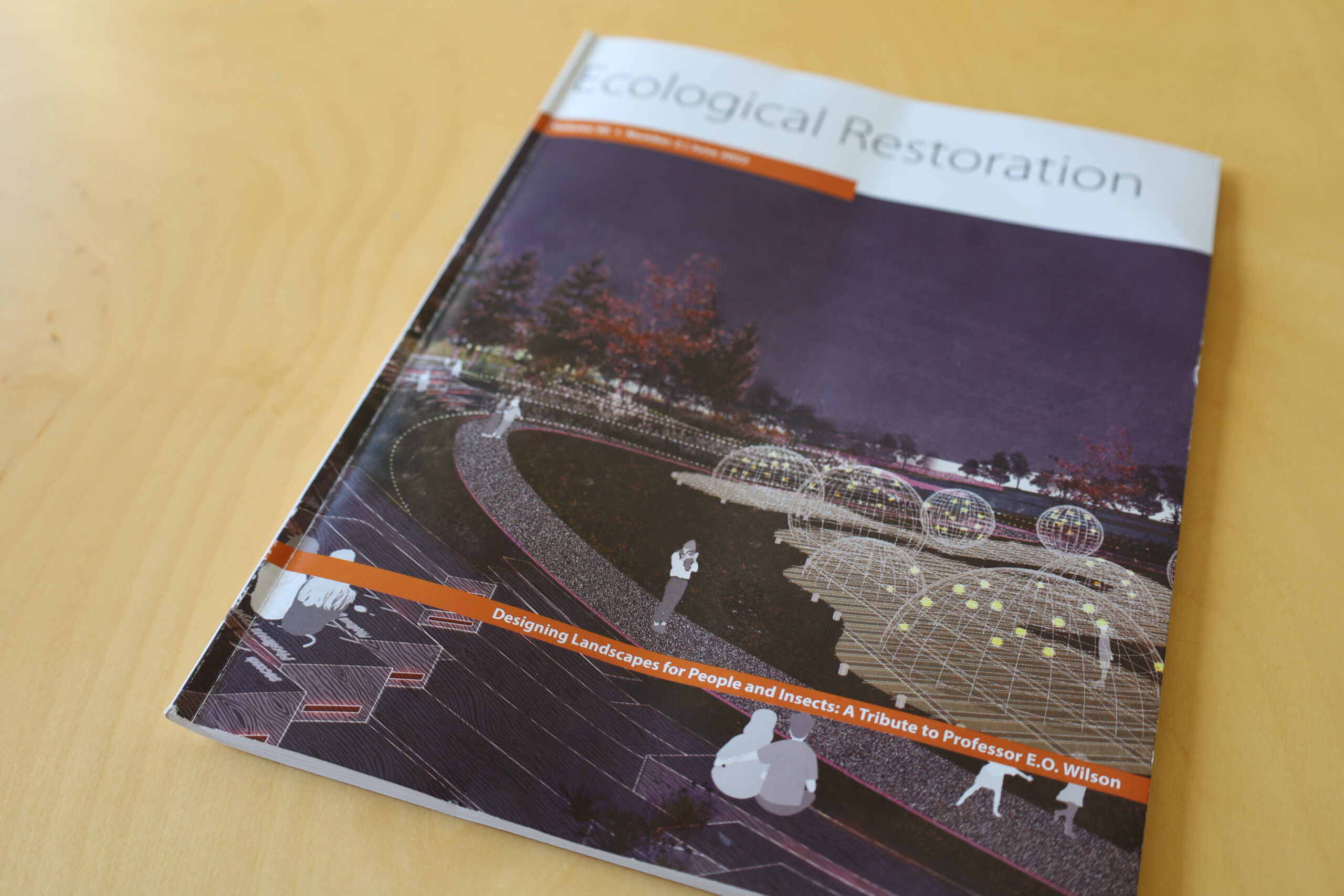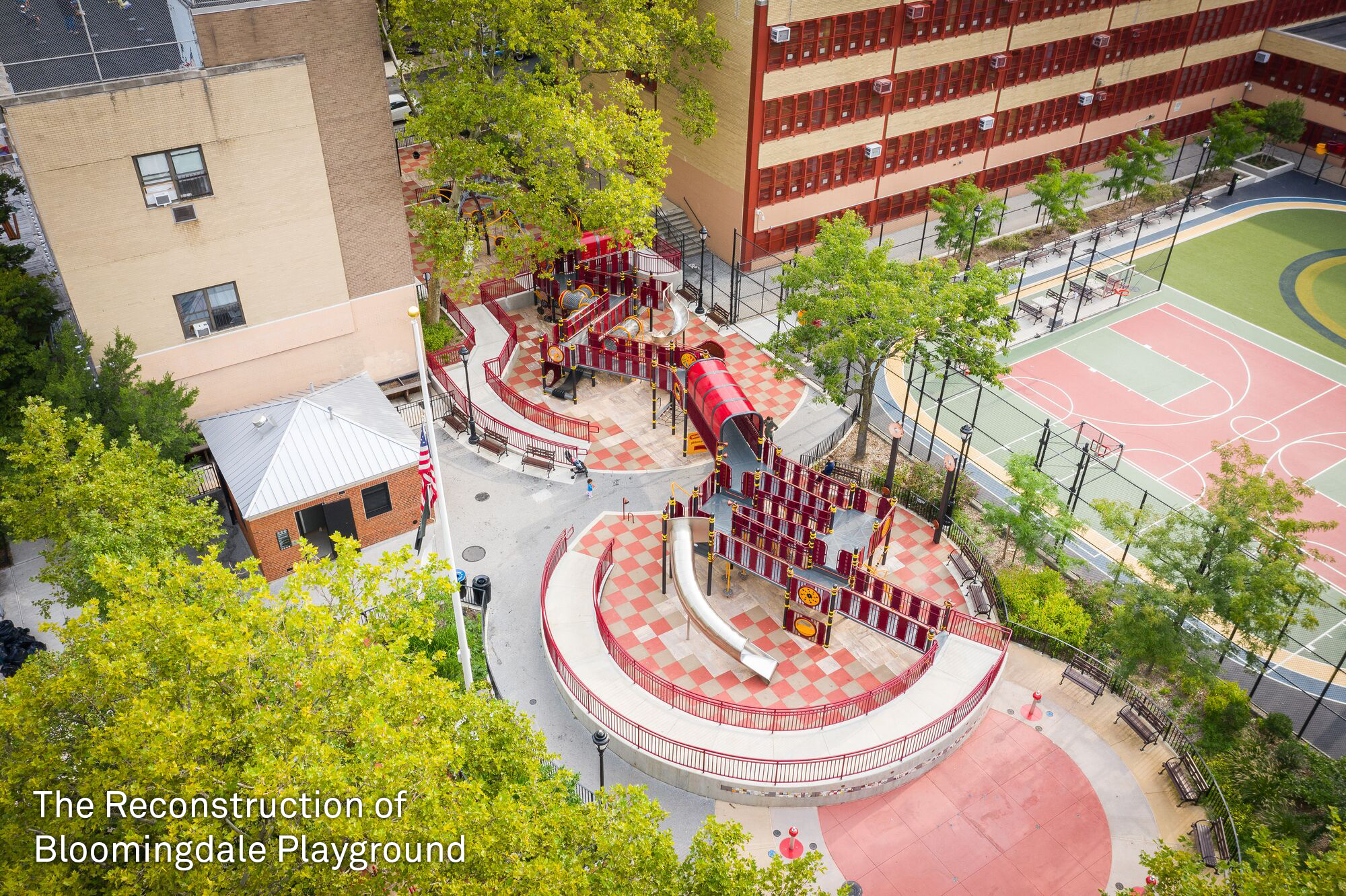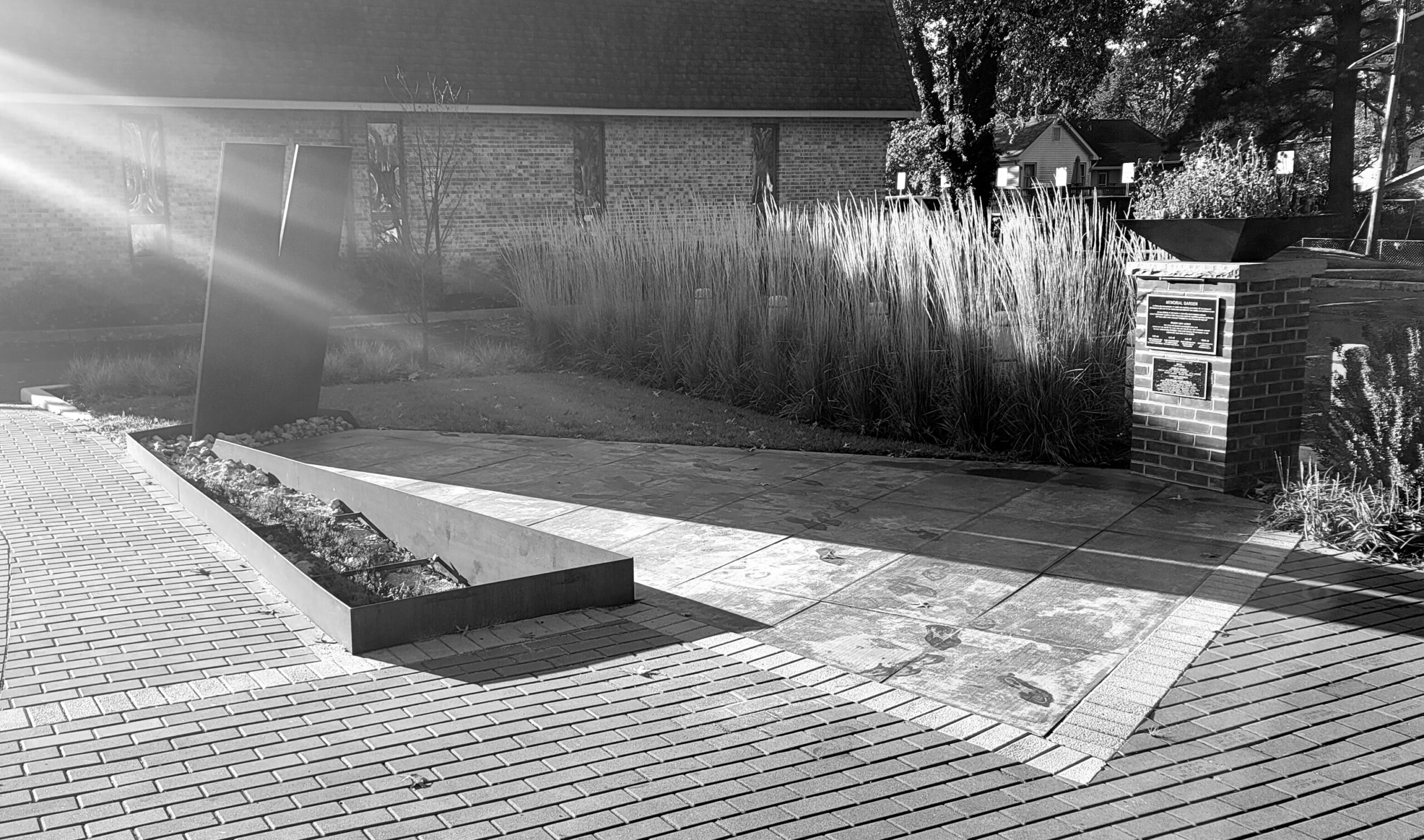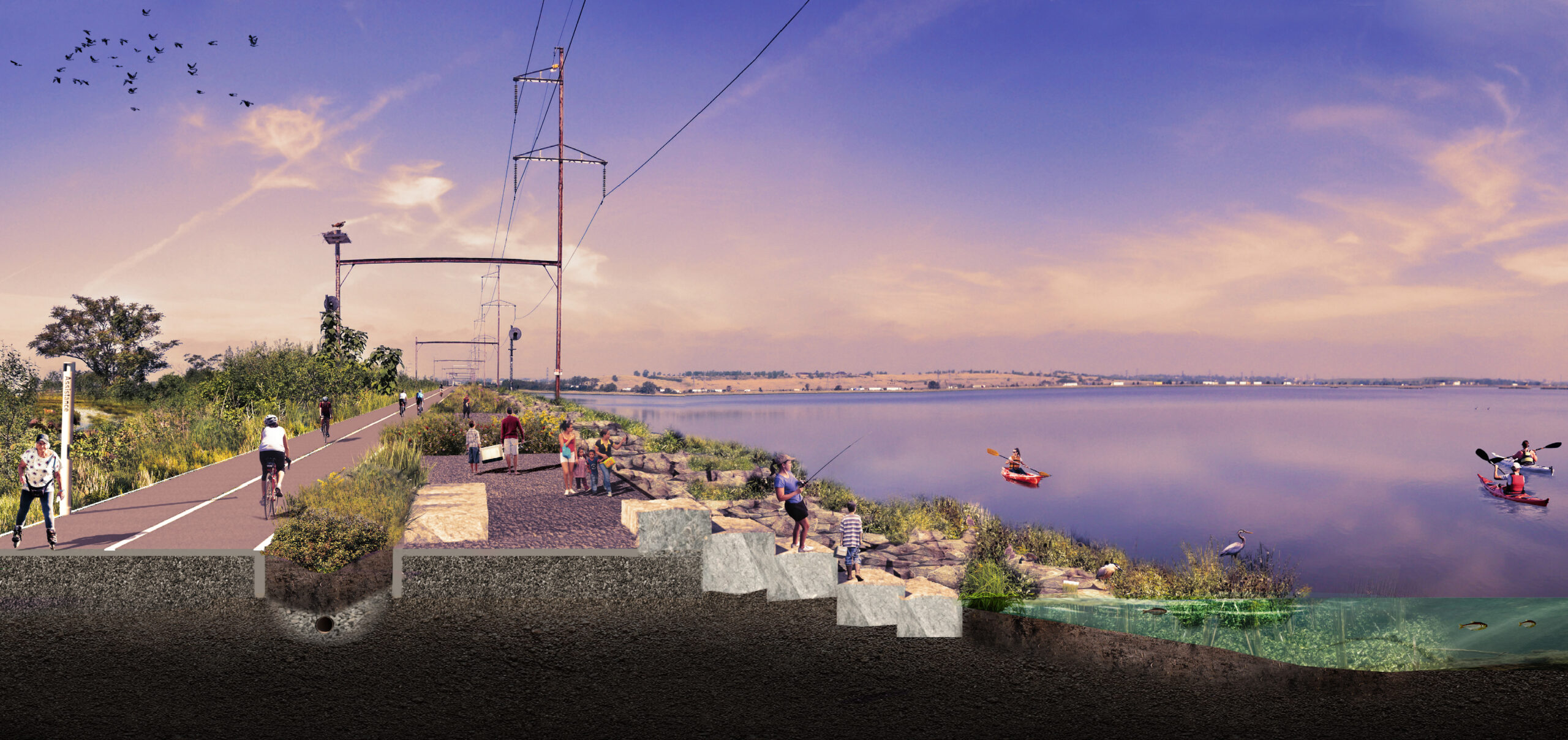Project Description
Designing Landscapes For People and Insects: There is an urgent, worldwide interest in improving our environment in a changing world. New professional partnerships are needed to reach this goal. Landscape architects consider design concepts and native plant palettes to increase ecological functioning at all scales, from residential sites to large urban parks. Parallel to their effort, ecological scientists explore habitat dynamics for a deeper understanding of biotic function and sustainability. The professions are formally trained in different skills and vocabularies. However, both landscape architects and ecologists are needed to advance landscape value. Ecologists suffer by this separation from design professionals by having no easy path to having their scientific progress expressed on the land. Only members of the design professions sign and seal blueprints upon which new ecological communities can be based.
To advance the ecological content of design, the national journal Ecological Restoration, edited at New Jersey’s Rutgers University, published a special issue showing how landscape architectural designs could help solve the worldwide crash of insect populations. The designs add this ecological value to other traditional roles of the profession. The special issue “Designing Landscapes for People and Insects,” includes essays on the need for collaboration (authored by an ecologist), the ways landscape architecture can address the insect crisis (authored by a designer), the importance of insects for environmental health (authored by an entomologist) and then a series of six design studies of how modern landscape architectural practice can advance insect life sustainability. Each study is then critiqued by a professional biologist, to build the dialogue between the two professions. The studies show ways to improve habitats for fireflies, wood- inhabiting insects, fighting emerald ash borers, creating butterfly corridors, managing tobacco pests, and improving bumblebee populations on cranberry farms. The design studies range from local parks to regional interventions. Finally, a statement about E.O. Wilson, the most famous entomologist of his generation, and his scientific career was added to show the importance of this collaborative effort. Together, essays in this this special issue courage landscape architects to include insect life health and sustainability, as a value added, to their service to society.
This issue encourages landscape architects to add insect ecological advantages to their designs and challenges ecologists to use landscape designers as a new partnership to advance their scientific concerns. This double communication effort is the foundational goal of this special issue.






